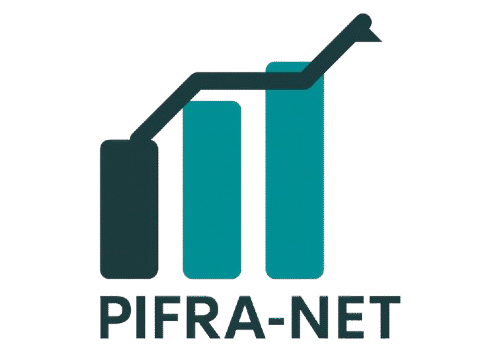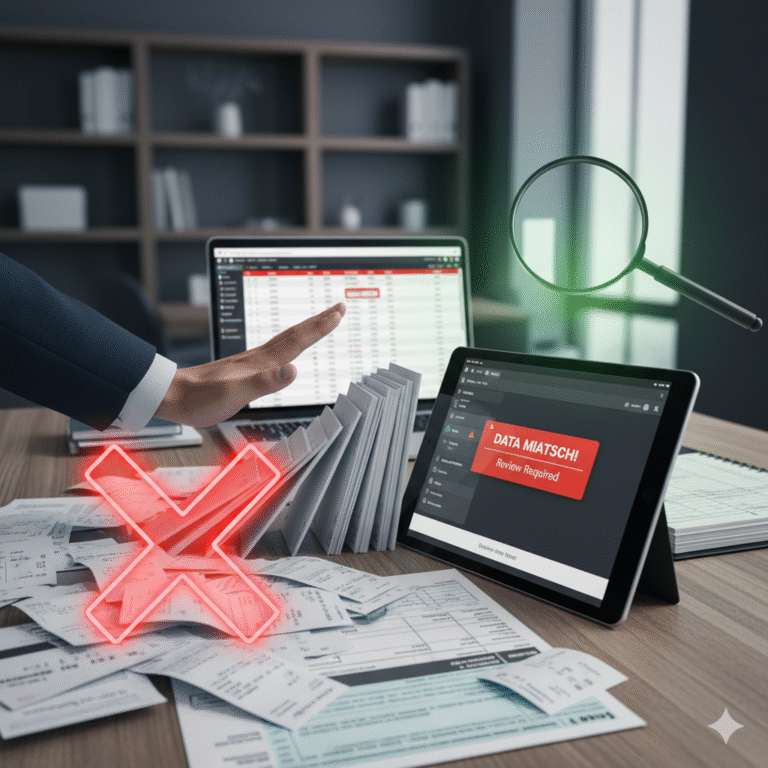How to File Taxes as a Self-Employed Professional in the U.S. (2025 Guide)

Introduction
If you’re self-employed in the U.S., filing your taxes can feel overwhelming — but it doesn’t have to be. Whether you’re a freelancer, consultant, or small-business owner, understanding your tax responsibilities is the key to avoiding IRS penalties and keeping more of what you earn.
This 2025 guide explains how to file self-employment taxes, claim deductions, and stay compliant — step-by-step.
📑 1. Understand What “Self-Employed” Means
The IRS considers you self-employed if you:
- Run your own business or freelance independently
- Receive income reported on Form 1099-NEC or 1099-K
- Work as a contractor, gig worker, or consultant
- Earn over $400 annually from self-employment
This means you are your own employer, and you must handle both income tax and self-employment tax (Social Security + Medicare).
💰 2. Know Which Forms You’ll Need
When tax season arrives, gather these essential IRS forms:
| Form | Purpose |
|---|---|
| Form 1040 | Main individual income tax return |
| Schedule C (Form 1040) | Reports your self-employment income and expenses |
| Schedule SE (Form 1040) | Calculates your self-employment tax |
| Form 1099-NEC / 1099-K | Reports payments from clients or platforms |
| Form 8829 | For home-office deductions (if applicable) |
🧾 Pro Tip: Keep digital and paper copies of all receipts, invoices, and bank statements throughout the year. This makes filing smoother — and helps if you’re ever audited.
📆 3. Pay Quarterly Estimated Taxes
Unlike regular employees, taxes aren’t withheld from your income automatically.
You must pay estimated taxes every quarter — usually by these dates:
- April 15, 2025
- June 15, 2025
- September 15, 2025
- January 15, 2026
Use IRS Form 1040-ES to calculate your payments.
💡 Tip: Missing these payments may lead to IRS penalties, so it’s best to mark your calendar early.
🧮 4. Deduct Business Expenses to Save Money
You can legally lower your tax bill by claiming deductible business expenses.
Common deductions include:
- Home office expenses (rent, utilities, internet)
- Equipment and software (laptop, accounting tools)
- Business meals and travel
- Advertising and marketing costs
- Health insurance premiums (for self-employed)
- Professional education or certifications
Each deduction reduces your taxable income — meaning more money stays in your pocket.
🧾 5. Keep Organized Records
A strong record-keeping system helps you:
- Track every payment and expense
- Prepare accurate financial reports
- Prove your deductions to the IRS if audited
Use tools like QuickBooks, FreshBooks, or Wave Accounting to manage receipts and generate reports automatically.
🧠 6. Consider Hiring a Tax Professional
Even though many freelancers file taxes themselves, a Certified Public Accountant (CPA) can help you:
- Find hidden deductions
- File the right forms
- Avoid IRS penalties
- Strategize tax savings for the next year
For many professionals, a CPA’s fee easily pays for itself through tax savings.
📈 7. Plan Ahead for Next Year
Good financial planning means you won’t rush during tax season.
Start by:
- Setting aside 25–30% of each payment for taxes
- Using a separate business bank account
- Saving for retirement (via SEP IRA or Solo 401(k))
This helps you stay financially stable and IRS-compliant all year round.
🧾 Conclusion
Being self-employed gives you freedom — but also financial responsibility.
By keeping good records, claiming deductions, and paying quarterly taxes on time, you can avoid surprises and maximize your income.
Remember: the IRS rewards organization, not panic.
Stay proactive, file accurately, and let your business thrive in 2025.


